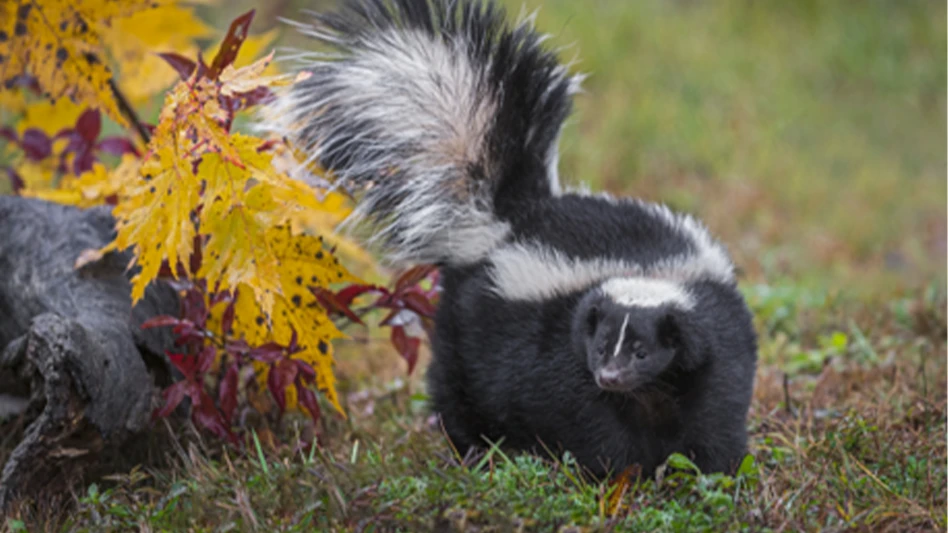As IPM practitioners we establish pest monitoring programs in all our accounts. Although commercial offices usually do not have huge pest pressures, we still need to follow a pest monitoring program. All spaces must be monitored minimally with sticky traps. Our technicians examine the monitors each visit and sign and date them. Should they find something unfamiliar on the monitor, they bring it to the office for further study by our entomologist.
Following company policy, a technician visited a client and installed new monitors because of several complaints from the employees regarding "bites." After about two weeks, the technician returned and examined the monitors. He found very tiny ants trapped on the monitors. Not being able to accurately identify the ants, he returned the traps to me for further examination. I scanned the ants with my 30X loop. At first I thought they were Pharaoh ants based on size and anatomy. But there was something a little unusual with these ants. I re-examined them under the microscope and discovered, to my surprise, that although they had all the characteristics of a Pharaoh ant — two nodes, antennal club, color and size — they also had two tiny spines on the thorax.
BIG-HEADED ANTS. I realized that I had never seen this ant species before. I contacted Dr. Laurel Hansen of Spokane Falls Community College, Spokane, Wash. She graciously agreed to examine the ant samples and assist me with identification. Dr. Hansen identified the ants as big-headed ants. They are in the genus Pheidole. There are some 15 Pheidole species in Florida but big-headed ants are not found in the Northeastern U.S. According to the literature, the ants have two different size workers: major and minor. The major workers typically have greatly enlarged heads. The minor workers have heads proportionate to their bodies. The ants on the sticky trap were all minor workers. In all likelihood they were transported to our area in plants or other landscape materials. These ants are native to the Old World tropics in South America and Africa and they have become established in Florida and along the Gulf Coast.
Control efforts need to be applied both inside and outside the home. Liquids, granular baits and gel baits do work. However, colonies of big-headed ants can be huge, particularly outdoors. To manage these mega colonies, widespread outdoor treatments need to be performed. These ants build mounds on soil and between bricks on patios. They also construct "shelter tubes" resembling mud tubes constructed by subterranean termites at the base of foundations.
Had a treatment for Pharaoh ants been performed, it would likely have failed. The client would have been unhappy and the technician would have become frustrated with the control efforts. Inaccurate identification of the pest species can result in failure of management efforts.
The author is a Board Certified Entomologist and staff entomologist with Arrow Exterminating Company, Lynbrook, N.Y. He can be reached at mdeutsch@giemedia.com.

Explore the November 2010 Issue
Check out more from this issue and find your next story to read.
Latest from Pest Control Technology
- Pest Control Equipment: If it’s Critical, Back it Up!
- In Memoriam: Marybeth Wonson
- In Memoriam: Layton Word
- Mitchell Boston's Involvement as Local Councilman Sparks Growth in Pest Control Business
- Grizz Pest Management Owners Support Wildlife Conservation with Brookfield Zoo in Chicago
- Grizz Pest Management Partners with Brookfield Zoo to Build Tropical Forests Exhibit
- Truly Nolen Promotes Bohne to Vice President of Business Development
- Watch: Abell Pest Control Holds Snap Trap Challenge





